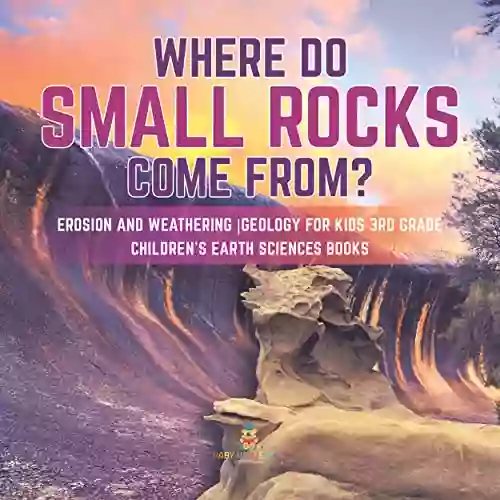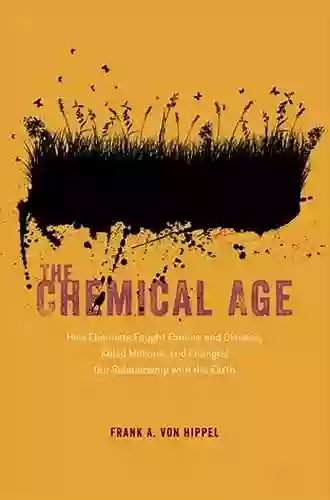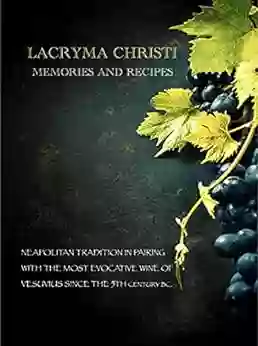Do you want to contribute by writing guest posts on this blog?
Please contact us and send us a resume of previous articles that you have written.
Where Do Small Rocks Come From? Erosion and Weathering - Geology for Kids 3rd

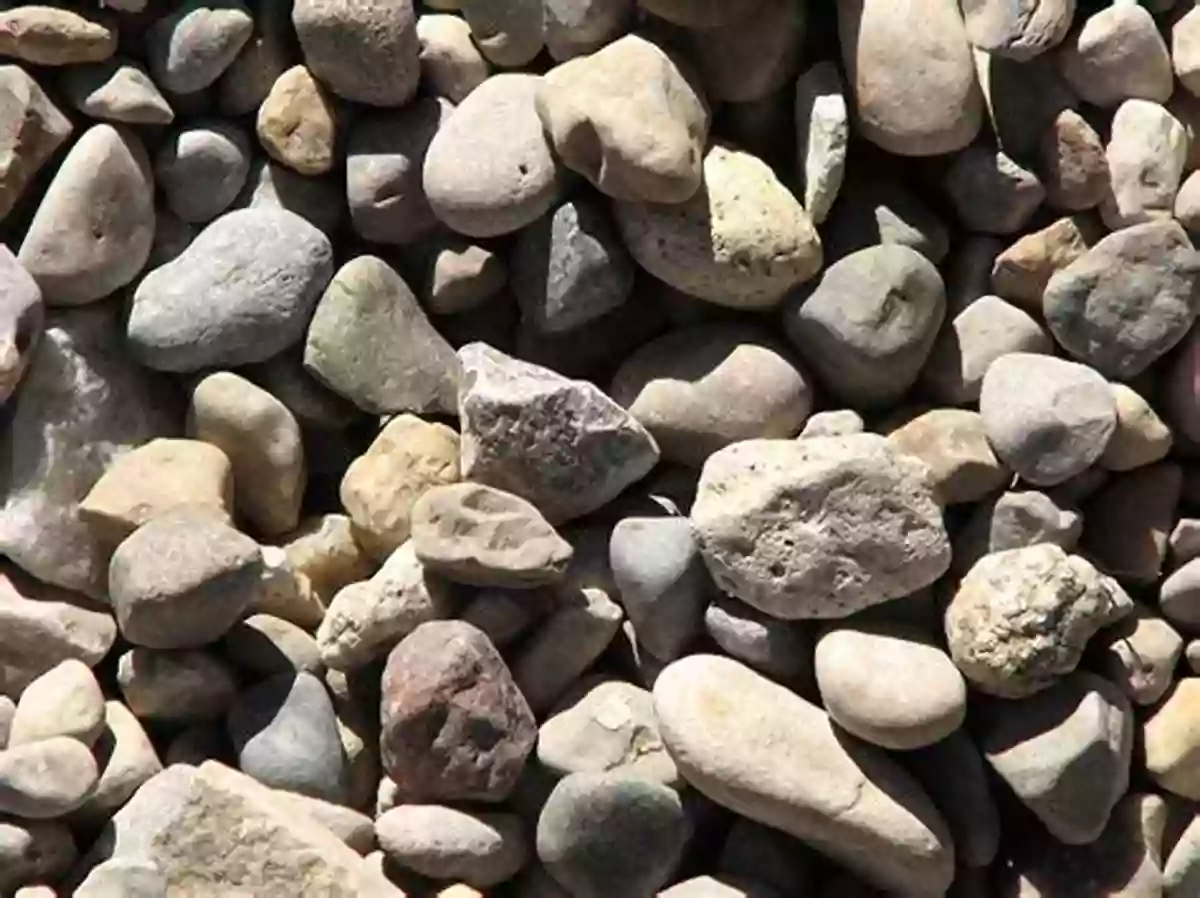
Have you ever wondered where those small rocks you find lying all around actually come from? How do they end up in parks, gardens, and even on the side of the road? The answer lies in the fascinating processes of erosion and weathering, which shape and break down larger rocks over time. In this article, we will explore these geological processes and understand how rocks undergo transformation to become the small rocks we see every day.
Erosion: The Natural Sculptor
Erosion is a powerful natural force that wears away the Earth's surface. It encompasses the movement of rocks, sediments, and soil from one place to another. The main agents of erosion are water, wind, glaciers, and gravity. Let's take a closer look at each one:
5 out of 5
| Language | : | English |
| File size | : | 42107 KB |
| Screen Reader | : | Supported |
| Print length | : | 72 pages |
Water Erosion
Water, in its various forms, plays a significant role in shaping the Earth's landscape. Rivers, streams, and even rainfall contribute to erosion. As water travels through a river or stream, it picks up small rocks and sediments, gradually wearing them down into smaller particles. Eventually, these particles travel downstream and can end up in various locations.
Wind Erosion
Have you ever noticed how the sand on a beach feels smooth? That's because wind erodes rocks and sand particles by carrying them along. In arid regions or areas with strong winds, the particles are constantly transported, colliding with other rocks and gradually breaking down into smaller fragments. This process is known as aeolian erosion.
Glacial Erosion
In colder regions, glaciers are responsible for shaping the landscape. As a glacier moves downhill, it carries rocks and sediments embedded within its frozen mass. These rocks scrape against the Earth's surface, gouging out valleys and creating interesting formations. When glaciers melt, they deposit the rocks they were carrying, contributing to the accumulation of small rocks in various locations.
Gravity Erosion
Gravity plays a crucial role in erosion as it is constantly pulling rocks and sediments downhill. Mass movements, such as landslides and rockfalls, occur when gravity overcomes the strength of the rocks holding them in place. These events result in a sudden movement of rocks, breaking them down into smaller pieces that eventually settle at the base of slopes or hills.
Weathering: Breaking Rocks Apart
While erosion deals with the transportation of rocks, weathering refers to the process of breaking rocks down into smaller fragments in situ. There are two main types of weathering:
Mechanical Weathering
Mechanical weathering is also known as physical weathering. It occurs when rocks are broken down into smaller pieces without any chemical changes. One common form of mechanical weathering is freeze-thaw weathering. In colder regions, water can seep into the cracks of rocks. When this water freezes, it expands, putting pressure on the surrounding rock and causing it to crack. Over time, repeated freeze-thaw cycles gradually break the rock apart.
Chemical Weathering
Chemical weathering involves the breakdown of rocks through chemical reactions. Water, air, and other substances contribute to various chemical processes that weaken rocks. For example, carbonic acid in rainwater can react with certain minerals in rocks, dissolving them and leading to their disintegration. Over time, chemical weathering can transform large rocks into smaller, more easily eroded pieces.
The Final Destination: Small Rocks Everywhere
Once rocks undergo erosion and weathering, they become smaller and more susceptible to transport by wind, water, or gravity. These processes can take thousands or even millions of years, continually shaping the Earth's surface and resulting in the small rocks we see today. Whether they settle in gardens, parks, or any other nook and cranny, these small rocks serve as a reminder of the ever-changing nature of our planet.
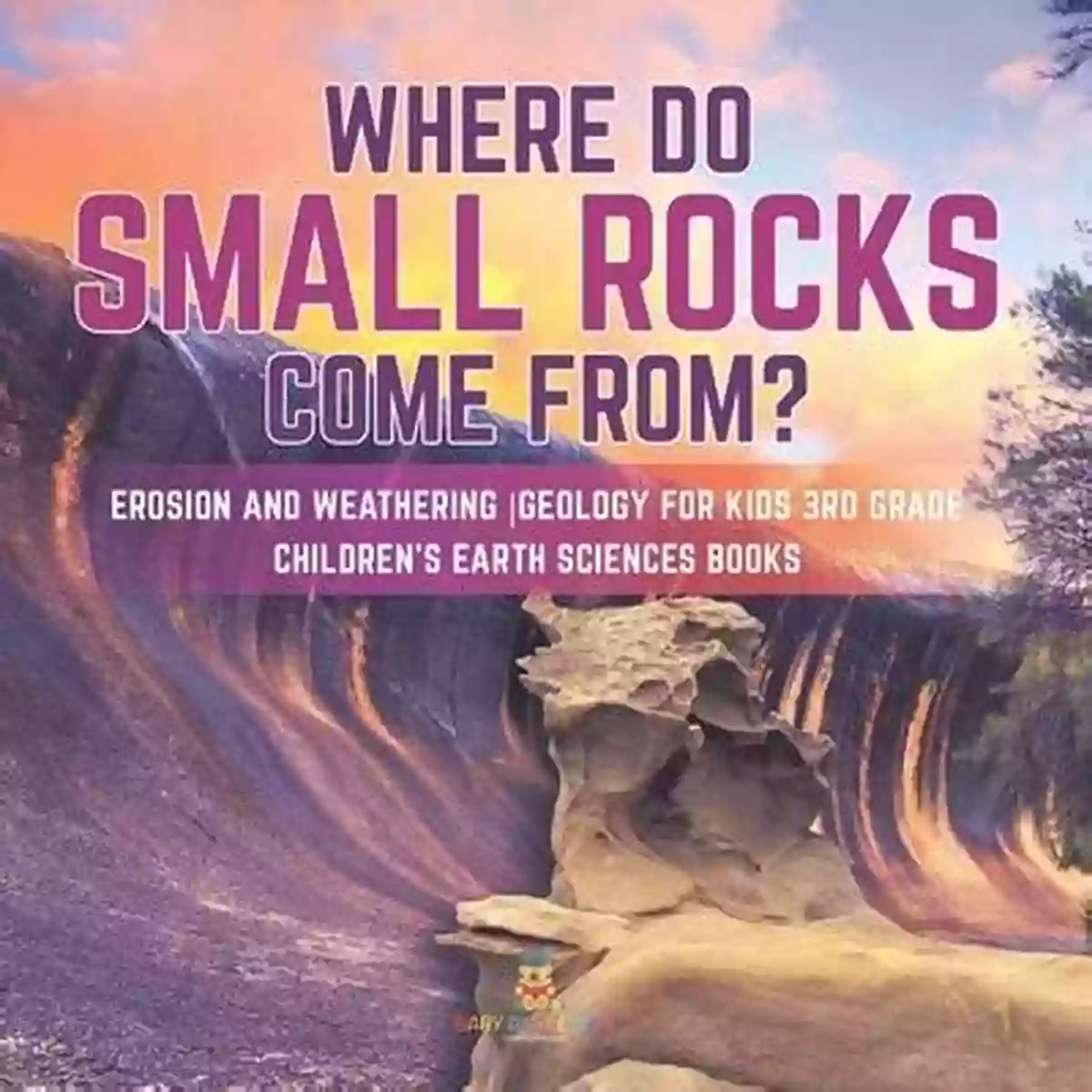
The world of rocks is truly remarkable. From towering mountains to tiny pebbles, rocks undergo a continuous cycle of erosion and weathering, constantly reshaping our environment. Understanding these processes not only helps us appreciate the beauty of nature but also reminds us of the immense time scales involved in geological transformations. So, the next time you come across a small rock, take a moment to ponder its journey and the forces that brought it to its current resting place.
5 out of 5
| Language | : | English |
| File size | : | 42107 KB |
| Screen Reader | : | Supported |
| Print length | : | 72 pages |
The Earth did not always look the same. Minute changes happen every second, and you just don't notice them. This educational book for third graders will discuss the many factors that affect the Earth’s surface changes, the discussion will particularly focus on how smaller rocks come from the breaking and weathering of larger rocks and bedrock. Enjoy the read!

 Richard Simmons
Richard SimmonsThe Secrets of Chaplaincy: Unveiling the Pastoral...
Chaplaincy is a field that encompasses deep...

 Manuel Butler
Manuel ButlerAnimales Wordbooks: Libros de Palabras para los Amantes...
Si eres un amante de los animales como yo,...

 Rod Ward
Rod WardLet's Learn Russian: Unlocking the Mysteries of the...
Are you ready to embark...

 Rod Ward
Rod WardThe Incredible Adventures of Tap It Tad: Collins Big Cat...
Welcome to the enchanting world of...

 Eugene Powell
Eugene PowellSchoolla Escuela Wordbookslibros De Palabras - Unlocking...
Growing up, one of the most significant...

 José Martí
José Martí15 Exciting Fun Facts About Canada for Curious Kids
Canada, the second-largest...

 Ken Simmons
Ken SimmonsWhat Did He Say? Unraveling the Mystery Behind His Words
Have you ever found yourself struggling to...

 Carlos Fuentes
Carlos FuentesA Delicious Journey through Foodla Comida Wordbookslibros...
Welcome to the world of Foodla Comida...

 Matt Reed
Matt ReedThe Many Colors of Harpreet Singh: Embracing...
In a world that often...

 Chandler Ward
Chandler WardWelcome To Spain Welcome To The World 1259
Welcome to Spain, a country that captivates...

 Garrett Powell
Garrett PowellAmazing Recipes for Appetizers, Canapes, and Toast: The...
When it comes to entertaining guests or...

 Emilio Cox
Emilio CoxDays And Times Wordbooks: The Ultimate Guide to Mastering...
In the realm of language learning,...
Light bulbAdvertise smarter! Our strategic ad space ensures maximum exposure. Reserve your spot today!
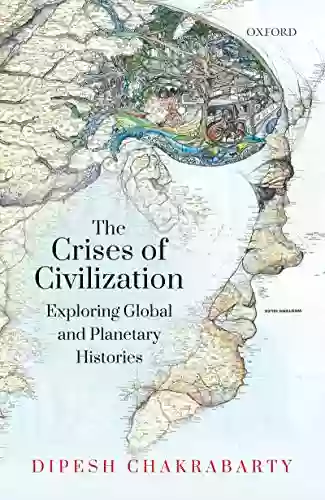
 Charles BukowskiExploring Global And Planetary Histories: Unveiling the Secrets of Our Past
Charles BukowskiExploring Global And Planetary Histories: Unveiling the Secrets of Our Past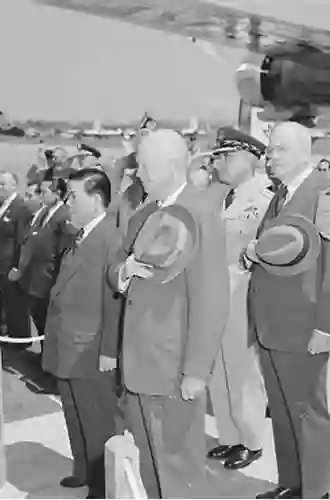
 Hayden MitchellThe Untold Story of Ngo Dinh Diem: The United States and 1950s Southern...
Hayden MitchellThe Untold Story of Ngo Dinh Diem: The United States and 1950s Southern... David MitchellFollow ·6.4k
David MitchellFollow ·6.4k Charles DickensFollow ·18.6k
Charles DickensFollow ·18.6k Al FosterFollow ·14.4k
Al FosterFollow ·14.4k Eli BlairFollow ·14.3k
Eli BlairFollow ·14.3k Shawn ReedFollow ·15.7k
Shawn ReedFollow ·15.7k Gregory WoodsFollow ·5.3k
Gregory WoodsFollow ·5.3k Herb SimmonsFollow ·5.1k
Herb SimmonsFollow ·5.1k Theo CoxFollow ·3.2k
Theo CoxFollow ·3.2k


